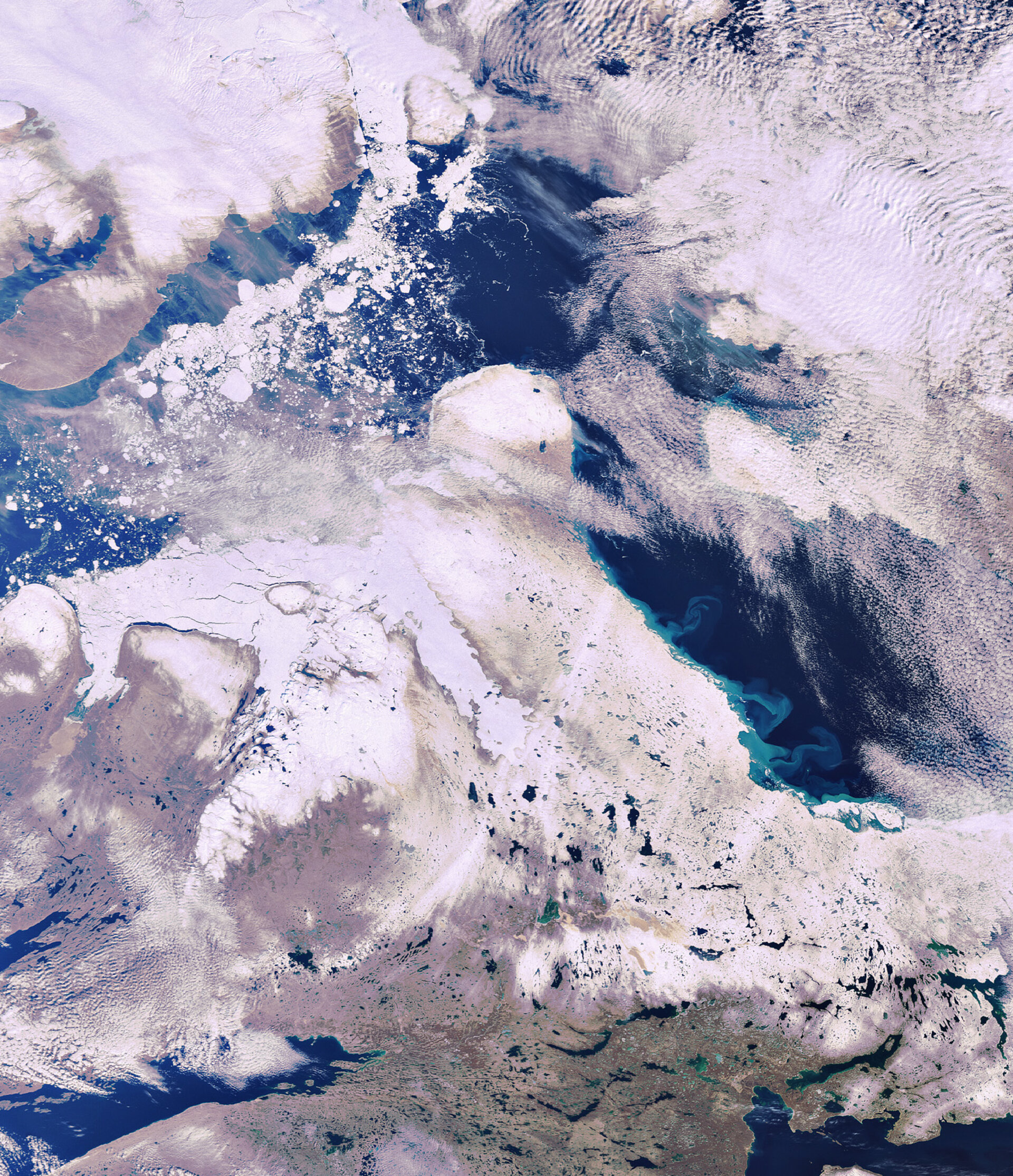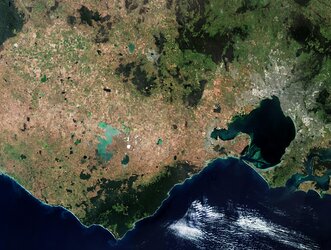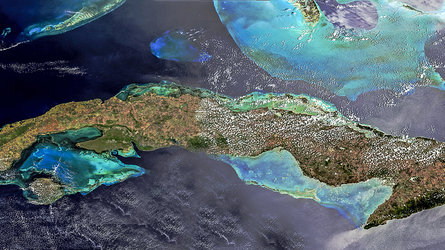Earth from Space: Arctic Archipelago
This Envisat image features the Canadian Arctic Archipelago, which lies to the north of mainland Canada and consists of 94 major islands and more than 36 000 minor ones.
Victoria Island (visible in centre and lower half of image) sits astride the boundary between the Nunavut (eastern side) and Northwest Territories. Nunavut – officially recognized in 1999 – is the largest and newest of Canada’s three territories, which also includes Yukon.
With an area of 217 291 sq km, Victoria Island is only slighter smaller than the island of Great Britain. It is Canada’s second largest island and the world’s 9th largest. The island is comprised of peninsulas (land bordered by water on three or more sides), including Storkerson Peninsula (the oblong piece of land in the centre).
The ultra white area to the left of Storkenson is the ice-covered Hadley Bay. The island at the northern tip of the peninsula is Stefansson Island. Collinson Peninsula is located beneath Storkenson (lower right hand corner). To the east lies the McClintock Channel.
The broad Prince Albert Peninsula lies on the island’s northwest side (left). Wollaston Peninsula (visible), separated from the central area of the island by Prince Albert Sound (body of water in lower left corner), makes up the southern part of the island.
The ice-filled body of water to the north of Victoria Island is Viscount Melville Sound. Melville Island (visible in top left corner) is home to some of the largest mountains (nearly one km in height) in the western Canadian Arctic. The western half of the island belongs to the Northwest Territories, while the eastern half belongs to Nunavut.
This image was acquired by Envisat’s Medium Resolution Imaging Spectrometer (MERIS) instrument on 19 September 2007 working in Full Resolution mode to provide a spatial resolution of 300 metres.






